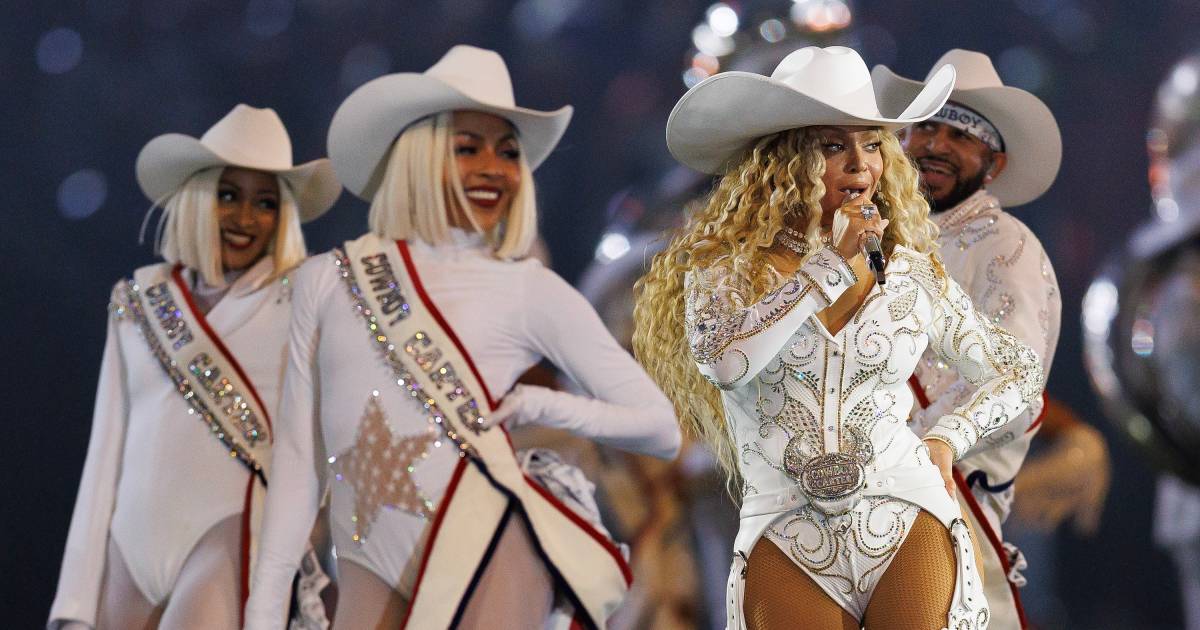Star-Studded Saddles: A-Listers Ride Along with Beyoncé's Country Music Revolution

Beyoncé's electrifying Cowboy Carter Tour drew a constellation of Hollywood's brightest stars, creating a star-studded spectacle that had fans and celebrities alike buzzing with excitement. Acclaimed actresses Brie Larson, Reneé Rapp, and Gabrielle Union-Wade were among the notable attendees who turned out to support the music icon's groundbreaking country-inspired performance. The event showcased not just Beyoncé's musical prowess, but also her ability to attract A-list talent and create an unforgettable cultural moment.
